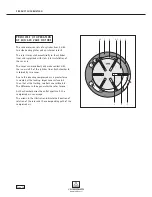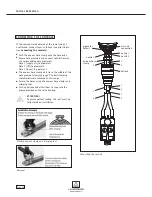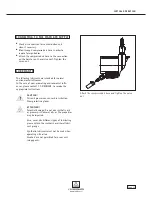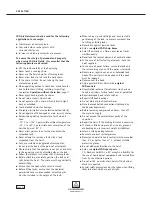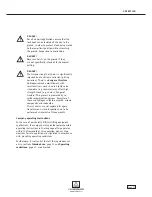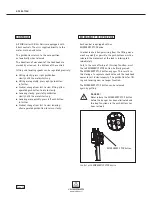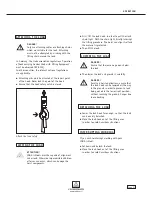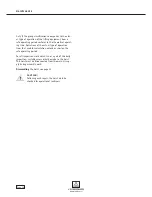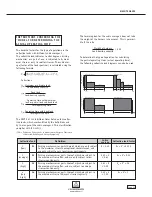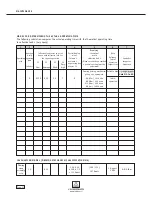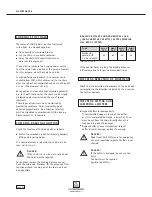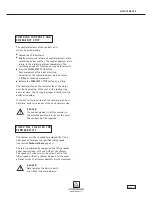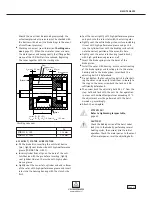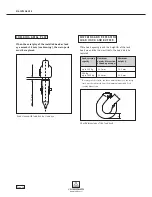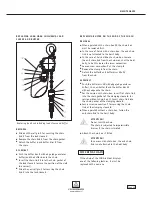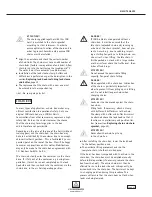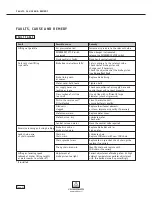
powered by air !
TA K I N G O U T O F O P E R AT I O N
Page 28
TA K I N G O U T O F O P E R AT I O N
If the hoist is to be taken out of operation for a longer
period of time it must be protected against corrosion
and dirt.
Coat the chain and hook with a light oil film.
Move the load hook out of the lifting area, in
order to avoid hazardous situations.
Do not move against the lifting and lowering
limiters/buffers (emergency end stop devices).
Depressurise the air line.
(see section
Storage conditions,
page 18)
DA N G E R O F I N J U R Y !
JDN Air Hoists must only be dismantled
by qualified personnel.
Depressurise the air line.
Provide a suitable working platform.
Loosen the union nut and remove the air hose.
Protect the air connection against the dirt ingress.
Detach the control hoses from the hoist.
Do not kink the control hoses.
Mark the connections.
Detach the strain-relief and hose carrier and remove
the control device.
Carefully detach/dismount the hoist and remove.
For trolleys, proceed in reverse order to that described
in the section on mounting trolleys (in the trolley
operation manual).
JDN Hoists contain a range of materials which, on
expiry of the service life, must be disposed of or recy-
cled where appropriate, in accordance with statutory
regulations.
Please note the following list of materials used:
H O I S T
Ferrous materials
Steel
Cast steel
Non-ferrous metals
Aluminium
Plastics
Polyethylene
Polypropylene (PP)
Polyurethane
Polyvinyl chloride (PVC)
Polyamide
Natural rubber
Polyacetal
Thermoset moulding compound
(Asbestos-free brake lining)
Polyester
Wool felt
D I S P O S A L
D I S M A N T L I N G
S T O R AG E
S H U T T I N G D OW N
Summary of Contents for JDN mini 1000
Page 47: ...powered by air NOTES Page 47 ...



